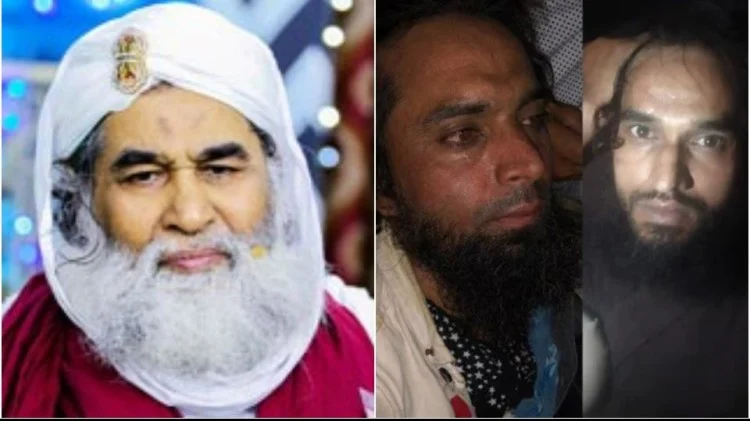Rajasthan: Pakistan based Terror group Daawat-e-Islami formed a group of 40-people to behead supporters of Nupur Sharma in Taliban style


National Investigative Agency and Anti Terrorist Squad’s investigation into the murder of Kanhaiya Lal in Udaipur has revealed that terrorist groups and the Pakistani organisation Dawat-e-Islami had assembled a group of 40 persons in Rajasthan and trained them to target Nupur Sharma’s supporters. The Pakistan-based terrorist organisation has developed a list of targets that were to be assassinated in the Taliban manner.
According to reports, the 40 individuals connected to Dawat-e-Islami were tasked with “teaching a lesson” to those who post comments in favour of Nupur Sharma on social media. For more than a year, these people were connected to Dawat-e-Islami.
When the investigation agencies looked through the call records of the terrorist’s Riyaz Attari and Mohammad Gos, they learned about the conspiracy. Twenty mobile numbers belonging to ten Pakistanis were found during the investigation. According to reports, the 40 Indians were put on a list of persons to kill in order to create terror in India by posting Taliban-style beheading footage online. In six districts of Rajasthan, Dawat-e-Islami members were tasked with reprimanding residents for supporting Nupur Sharma.
Notably, on Tuesday in Udaipur, the National Investigation Agency (NIA) questioned six persons including Sadar Mujeeb Siddiqui of Anjuman Talimul Islam, Maulana Zulkarnain, former Sadar Khaleel Ahmed co-secretary Umar Farooq, and two attorneys. These individuals were detained by the investigative agency and then questioned.
The home of Sadar Mujeeb was also searched by the NIA. The home of Sadar Mujeeb was also searched by the NIA. Additionally, the NIA discovered that Dawat-e-Islami-opened stores in Ajmer were selling offensive religious literature. For selling the books, the booksellers received a daily payment of Rs 250. From these book stores, Riyaz and Gos used to distribute these books.
DISCLAIMER: The author is solely responsible for the views expressed in this article. The author carries the responsibility for citing and/or licensing of images utilized within the text.
